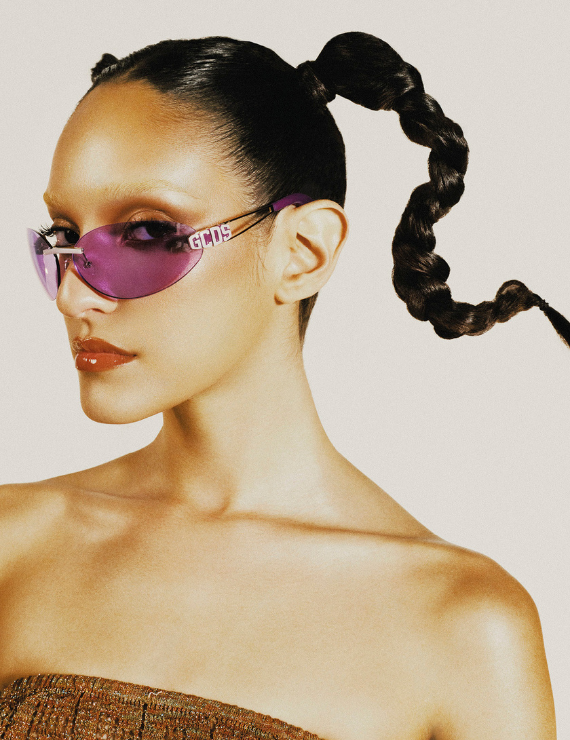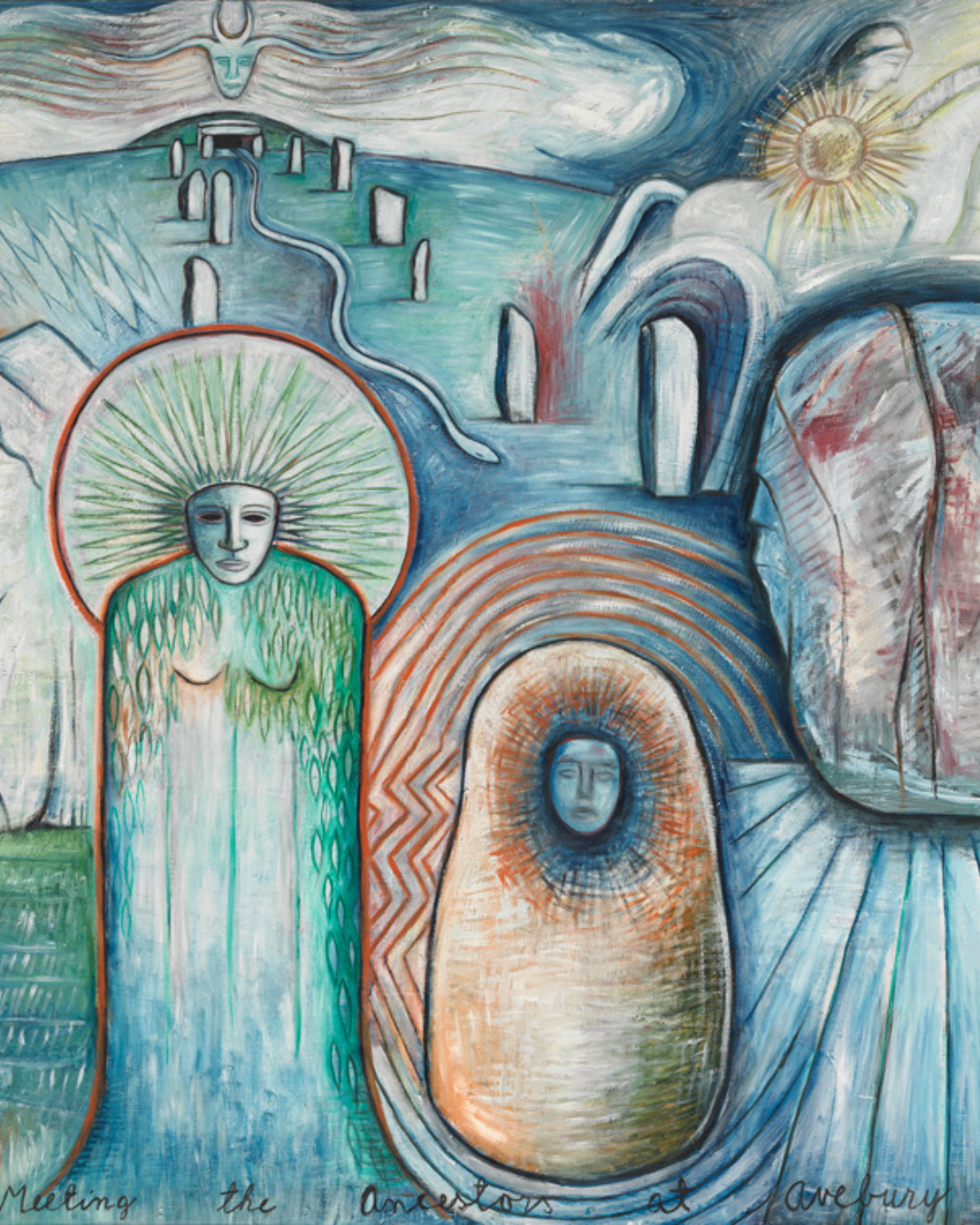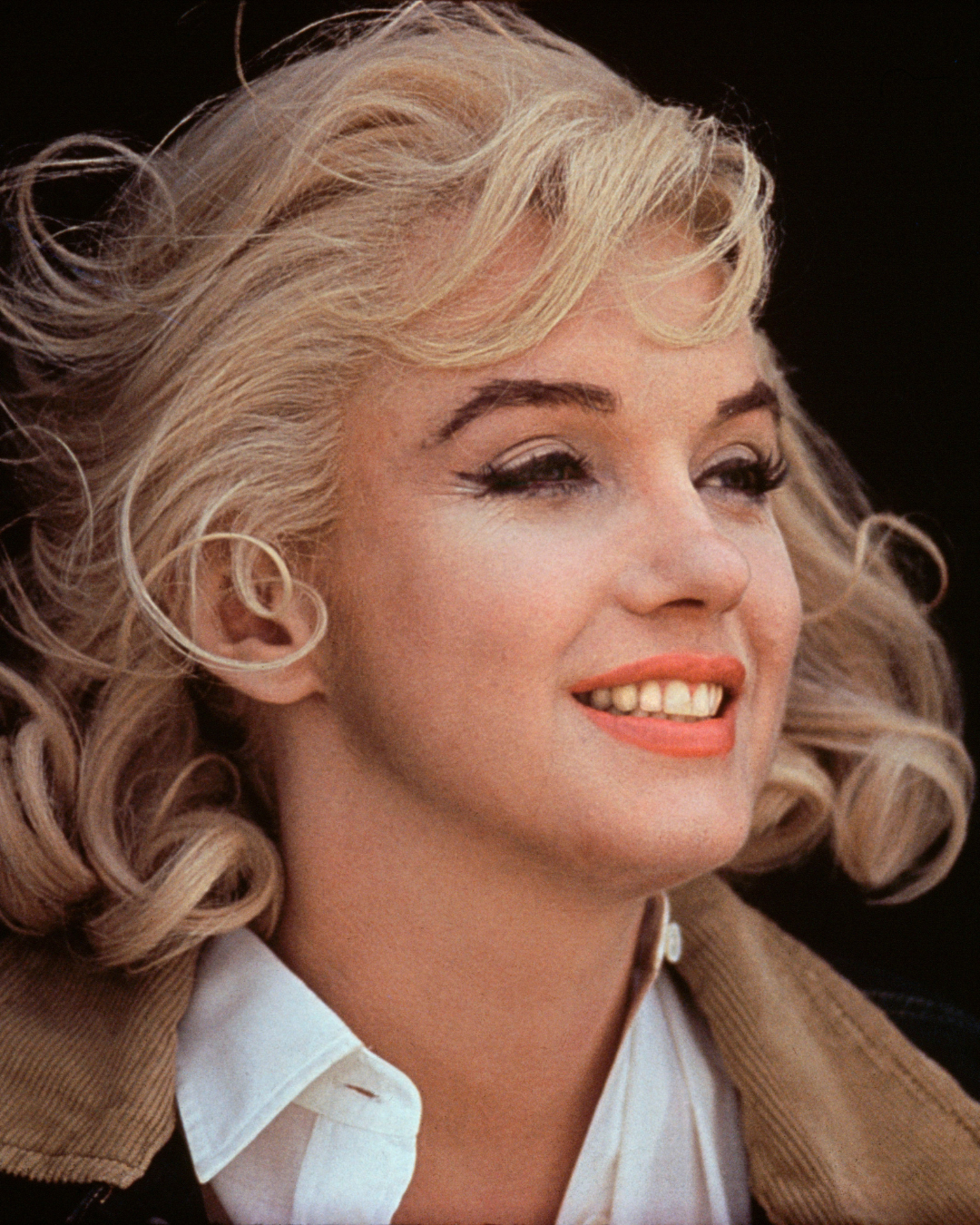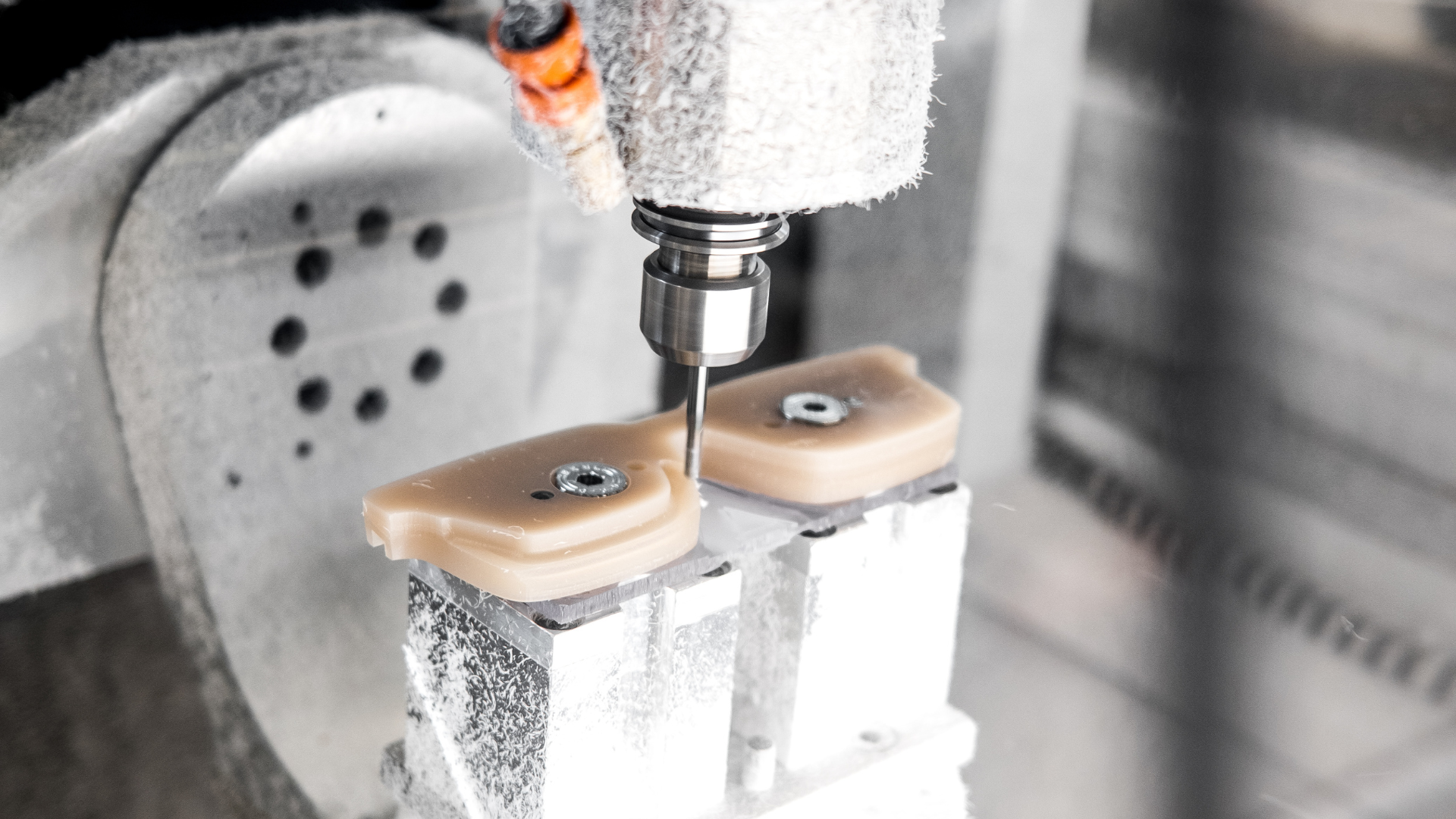
Photo: Lorenzo Pellegrino
Behind the scenes
Back to storiesAbout
Dall'idea al prototipo
Se cercassimo una semplice definizione basterebbe un dizionario per scoprire che la prototipia è quella fase del processo industriale in cui si realizza il prototipo di un prodotto, e che, per estensione, si riferisce al reparto aziendale dedicato alla sua realizzazione. Per avere invece accesso al mondo che si cela dietro a delle semplici definizioni abbiamo visitato l’headquarter di Longarone di Marcolin Group per saperne di più.
Everything stems from an idea
Accompanied by our expert guide Simone Longo, who is the Prototyping Manager for Marcolin Group worldwide, we discover that in the creation of a pair of glasses with a unique design and a perfect fit, there is an intermediate part of the process which, like a bridge between two worlds, verifies the feasibility of an idea and can prevent any errors in the subsequent production phase. Prototyping is very close to the concept of virtuosity and does what is expected of someone who is used to experimenting: combining a high degree of technical skill and experience with a virtue linked to a dimension of the soul, empathy. “For us, everything starts with the idea, established through an aesthetic drawing or a draft, from the designer or brand,” explains Longo. For an idea to be transformed into a product, it is vital to be able to capture its essence, that unique matrix to which a body can then be given. It is the understanding of the message to be communicated that allows the prototype maker to proceed to the next stage of the prototype production process.
Prototyping is very close to the concept of virtuosity and does what is expected of someone who is used to experimenting: combining a high degree of technical skill and experience with empathy
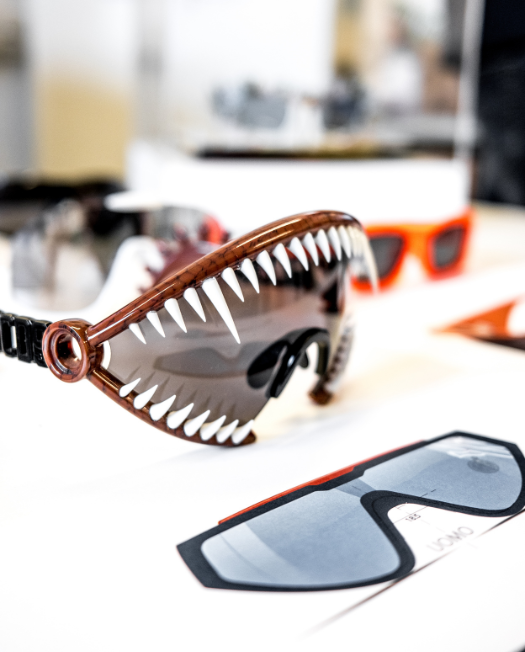
Project feasibility
“Starting with the sketch of the idea, we produce an initial 2D drawing that leads to a preliminary discussion with the designer. The critical aspects of a project are already emerging at this stage. Only afterwards is the 3D model made, with which the technical correctness and compliance with the aesthetic requirement is checked in detail,” Longo continues, moving inside that special world.
It is divided into two areas: the first is the design part, in which experienced technicians develop the design using the latest technologies such as 3D printers, and they also mill the materials. The second, on the other hand, is characterised by the craftsmanship of the artisans, operators who, with the help of numerous small machines, assemble the glasses and give that final touch of sensitivity that contributes to making the end result special. The prototype department must be able to develop any type of machining required, with the ability to have control over quality and meet deadlines.
For us, everything starts with the idea, established through an aesthetic drawing or a draft, from the designer or brand. For an idea to be transformed into a product, it is vital to be able to capture that unique matrix to which a body can then be given
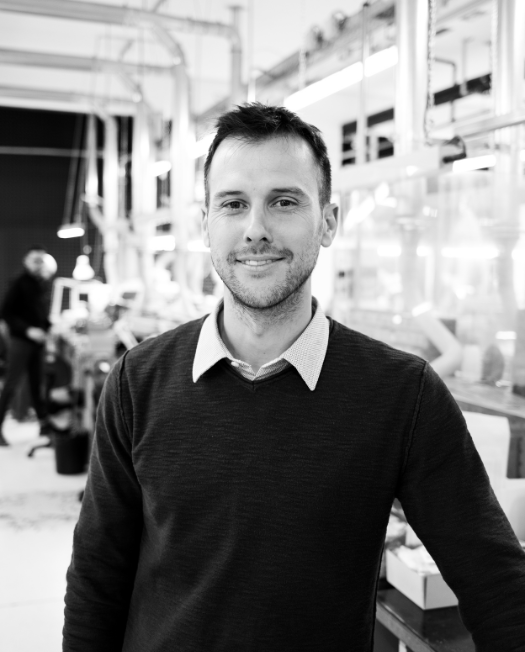
Prototyping is a multi-lane motorway
This is how Longo imagines it. “In one lane we have maintained and enhanced craftsmanship, whose approach leaves more room for the sensitivity of the prototype maker. The other lanes, on the other hand, are reserved for the development of paths leading towards virtual reality and new technologies. It is often the brands themselves that prompt us, by means of projects which we know from the outset will not go into production, but which will give us the opportunity to test out new production methods.” The use of 3D printing has proved successful in two ways. Firstly, because a preview of a prototype provides an opportunity for dialogue with the designer, reducing reworking, wasted material and time. Secondly because it has made it possible to simulate stages of production that it would not be possible to use for reasons of cost and time in a very short time frame. Research and the desire to experiment are ongoing goals, pushing us towards ever greater targets: to have all stages of development taking place in-house, with the best possible output in order to ensure high quality and on-time delivery. Working on strategic areas has always been one of Marcolin Group’s key strengths.
